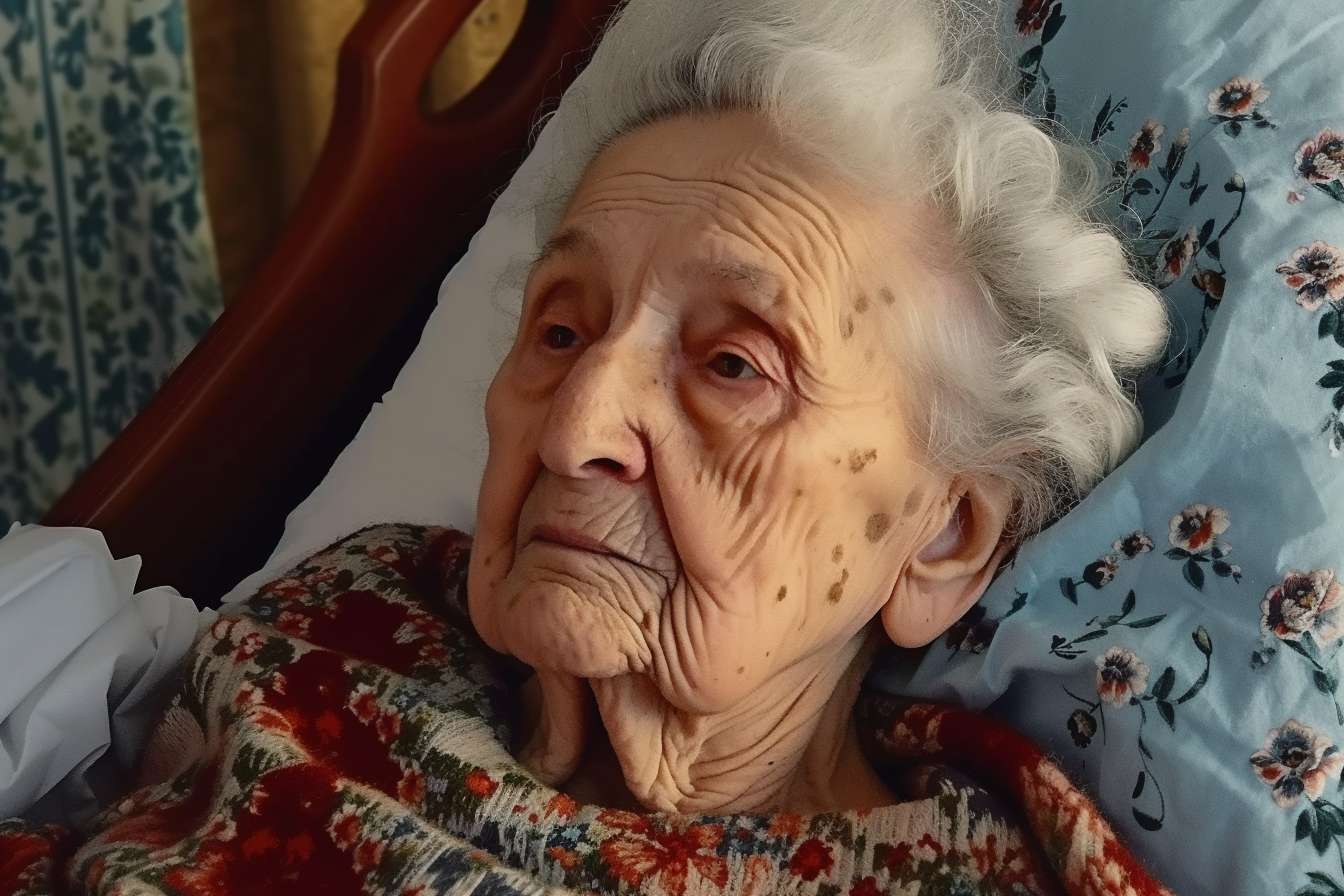Explore New 2-Bed Senior Homes
Finding the right living arrangement becomes increasingly important as we age, and two-bedroom senior apartments offer an ideal balance of space, comfort, and community support. These specialized housing options provide seniors with the independence they desire while ensuring access to essential services and social connections. Whether you're planning ahead or helping a loved one transition, understanding the landscape of senior housing can make this important decision more manageable and less overwhelming.

Two-bedroom senior apartments represent a growing segment of the housing market, designed specifically to meet the unique needs of older adults. These residences typically feature age-friendly design elements, including wider doorways, grab bars, and accessible bathrooms, while maintaining the comfort and privacy of a traditional apartment setting. Many communities offer both independent living and assisted living options within the same facility, allowing residents to age in place as their needs change over time.
What Makes Senior Apartments Different
Senior apartments distinguish themselves from standard housing through specialized amenities and services tailored to older adults. These communities often include 24-hour emergency response systems, medication management assistance, and transportation services for medical appointments and shopping trips. The two-bedroom layout provides additional space for a home office, guest room, or hobby area, making these units particularly attractive to active seniors who want room for visitors or personal interests.
Affordable Apartments for Seniors: Understanding Your Options
Affordable senior housing comes in various forms, each with different eligibility requirements and payment structures. Public housing authorities operate senior-designated properties with rent based on income, typically requiring tenants to pay 30% of their adjusted gross income. Low-Income Housing Tax Credit (LIHTC) properties offer another affordable option, with rents set at specific percentages of area median income. Additionally, some private developers offer market-rate senior apartments with competitive pricing to attract residents.
Income-Based Senior Apartments: Qualification and Application Process
Income-based senior apartments use federal guidelines to determine eligibility, with most programs targeting households earning 50-80% of the area median income. The application process typically requires documentation of income, assets, and medical expenses, along with proof of age (usually 55 or 62, depending on the program). Waiting lists are common for these properties, sometimes extending several months or years, making early application essential for those planning their housing transition.
| Housing Type | Provider Example | Monthly Cost Range | Income Requirements |
|---|---|---|---|
| Public Housing | Local Housing Authority | $300-800 | 30% of income |
| LIHTC Property | Related Companies | $800-1,500 | 50-80% AMI |
| Market Rate Senior | Brookdale Senior Living | $1,200-3,000 | No restrictions |
| Subsidized Housing | National Church Residences | $400-1,200 | Varies by program |
Prices, rates, or cost estimates mentioned in this article are based on the latest available information but may change over time. Independent research is advised before making financial decisions.
Location and Community Considerations
The location of senior apartments significantly impacts both cost and quality of life. Urban properties often provide better access to healthcare facilities, public transportation, and cultural amenities, but typically command higher rents. Suburban and rural senior communities may offer more spacious units and peaceful environments at lower costs, though residents might need to rely more heavily on community transportation services or family assistance for errands and appointments.
Services and Amenities in Modern Senior Communities
Contemporary senior apartment communities go beyond basic housing to create comprehensive lifestyle environments. Common amenities include fitness centers with senior-appropriate equipment, computer labs, libraries, and organized social activities. Many properties feature on-site dining options, beauty salons, and convenience stores. Healthcare services may include visiting physicians, physical therapy, and wellness programs, helping residents maintain their independence while accessing necessary support services.
The decision to move to a senior apartment community represents a significant life transition that requires careful consideration of personal needs, financial resources, and long-term goals. Two-bedroom units offer flexibility and comfort that can enhance quality of life while providing access to supportive services and social connections. Whether seeking affordable housing options or market-rate communities with extensive amenities, seniors today have more choices than ever before in finding the right living environment for their golden years.




